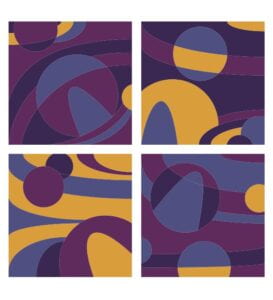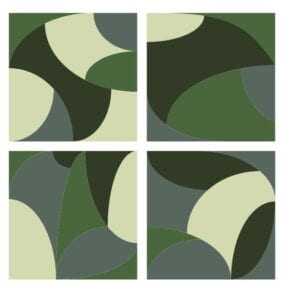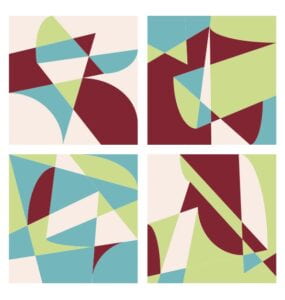◤━━━━━━━━━━━━━━━━━━━━━━━━━━━━━━━━━━━━━━━━━━━━━━━━━━━━━━━◥





◣━━━━━━━━━━━━━━━━━━━━━━━━━━━━━━━━━━━━━━━━━━━━━━━━━━━━━━━◢
◤━━━━━━━━━━━━━━━━━━━━━━━━━━━━━━━━━━━━━━━━━━━━━━━━━━━━━━━◥





◣━━━━━━━━━━━━━━━━━━━━━━━━━━━━━━━━━━━━━━━━━━━━━━━━━━━━━━━◢
1. How do aliens in the story language and communication style different from the human language (oral, pictographic, phonetic, etc.)?
The alien’s written language is described as semasiographic, because of its lack of reliance on speech patterns, while humans have languages with both pictographic and more speech related, phonetical writing. They also described the difference between the spoken language, and how humans were not able to replicate the alien’s noises. I think this also reflects parts of human language experience, because I know some languages have specific sounds that people of other cultures find difficult to pronounce, because they’re simply just not exposed to making those noises.
2. How does the physical structure of our body inform the way we communicate? How about the aliens?
Our larynx determines what kinds of noises humans can make, which dictates how our languages sound. The aliens speak through an opening at the top of their bodies and it creates a sort of vibrating sound, which I think would also affect the way their written language looks, hence the curving lines. I think that since we have bilateral symmetry, our languages are always written and read from one direction to another (left to right, right to left, top to bottom, etc). Meanwhile the aliens are said to have a radial kind of symmetry, which would provide an explanation for their rotational sentences.